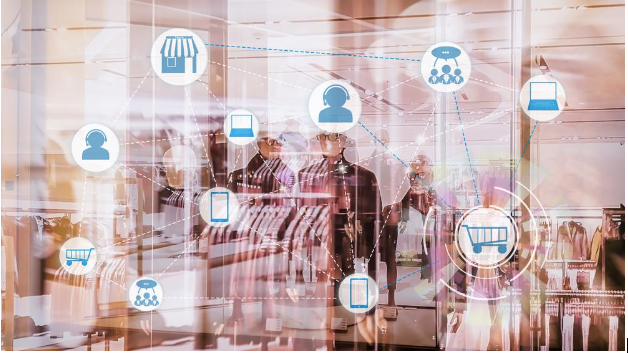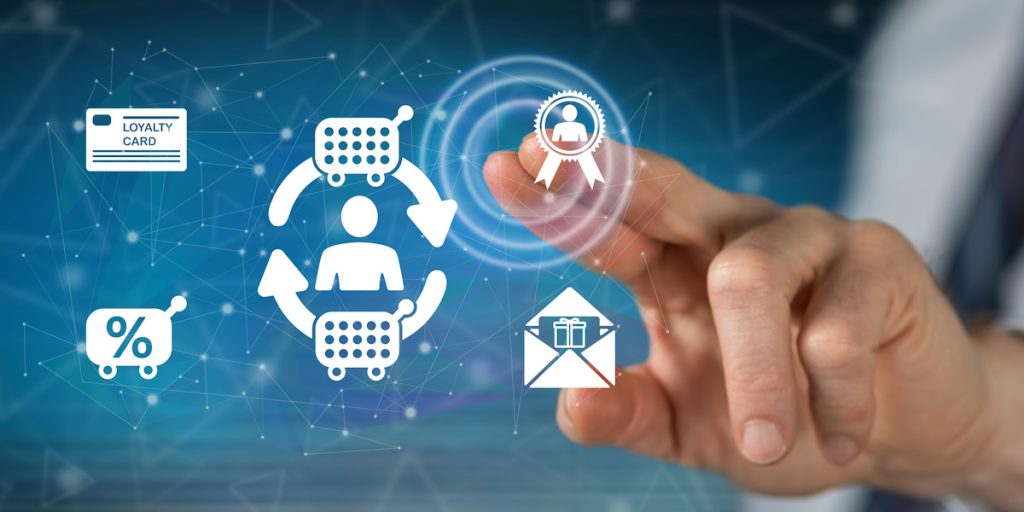For years, B2B loyalty programs relied on a familiar approach—reward points, discounts, and standard tier systems. This worked when business customers had fewer choices and slower market changes. But today, buyers are more informed, competition is fierce, and customer expectations have evolved.
Traditional models often fail to inspire real commitment because they focus on short-term transactions rather than long-term relationships. Businesses are discovering that if their loyalty program doesn’t adapt to client needs, it risks becoming irrelevant or ignored.
Why Traditional B2B Loyalty Programs Are Failing
Most traditional B2B loyalty programs are losing effectiveness due to a combination of outdated structures and a lack of strategic focus. Common reasons include:
- One-size-fits-all rewards that don’t align with business-specific needs
- Overreliance on discounts, leading to price-based loyalty that’s easily broken
- Ignoring relationship-building in favor of transactional interactions
- No connection between program benefits and the customer’s strategic goals
When programs don’t offer relevant, high-value rewards or meaningful engagement, participation drops and retention suffers.
Key Shortcomings of Outdated Loyalty Strategies
1. Overly Transactional Focus
Traditional programs reward purchases but overlook other actions like referrals, testimonials, or feedback—activities that strengthen partnerships and brand advocacy.
2. Lack of Personalization
Clients now expect programs to reflect their preferences, purchase patterns, and business objectives. Generic rewards signal a lack of understanding and reduce perceived value.
3. Complex Redemption Processes
If earning and redeeming rewards feels like a chore, engagement plummets. Successful programs prioritize simplicity and transparency.
4. No Adaptation to Market Trends
Failing to align with emerging loyalty trends—such as personalization, emotional engagement, and privacy—can leave a program behind competitors.
The Shift Toward Modern B2B Loyalty Solutions
Businesses are moving toward modern B2B loyalty solutions that go beyond transactional rewards to create genuine partnerships. These newer approaches focus on building long-term value through tailored experiences, measurable benefits, and deeper engagement.
Key features of modern solutions include:
- Customized rewards: Training programs, marketing support, exclusive tools
- Flexible program structures that adapt to different client segments
- Data-driven personalization using purchase history and behavioral insights
- Holistic engagement that rewards a variety of valuable customer actions
By focusing on meaningful benefits, these programs foster trust and improve retention.
Common Mistakes That Hurt B2B Loyalty Programs
Even well-planned loyalty initiatives can fail if they overlook key success factors.
Mistake 1: Focusing Only on Price Incentives
Discount-driven loyalty is fragile. If a competitor offers a slightly better deal, customers may switch. Instead, offer unique value that competitors can’t replicate.
Mistake 2: Ignoring Program Performance Data
Without tracking performance metrics—like redemption rates, engagement frequency, and lifetime value—companies can’t make informed improvements.
Mistake 3: Neglecting Emotional Engagement
Loyalty isn’t purely logical. A strong emotional connection between a business and its clients can be as important as the financial incentives offered.
Improving B2B Loyalty Program Outcomes
Transforming a struggling loyalty initiative into a high-performing one requires a strategic approach. Businesses can start by following these steps:
1. Align Rewards With Customer Goals
Design rewards that directly support the client’s business objectives. For example, offer resources that help them grow or solve industry-specific challenges.
2. Leverage Technology for Personalization
Use CRM systems, analytics, and automation to tailor communications, offers, and rewards.
3. Measure and Refine Regularly
Monitor key performance indicators and adjust based on what works and what doesn’t.
For more strategies, see improving B2B loyalty program outcomes for actionable insights.
B2B Loyalty Trends 2025 and Beyond
The next generation of loyalty programs is shaping up around three major shifts:
- Personalization as a Baseline – Customers expect offers tailored to their profile and needs.
- Technology-Driven Engagement – AI-driven reward suggestions, real-time recognition, and mobile-first platforms will dominate.
- Focus on Relationship Value – The strongest programs will prioritize collaboration, problem-solving, and shared growth over purely transactional perks.
By embracing these B2B loyalty trends 2025, companies can create programs that stay relevant, competitive, and valuable.
Final Thoughts
Traditional B2B loyalty programs fail because they haven’t kept pace with changing buyer expectations. Businesses need to rethink loyalty as a strategic relationship, not just a points system.
By adopting modern B2B loyalty solutions, focusing on personalization, and implementing data-driven improvements, companies can turn loyalty programs into a competitive advantage that drives growth for years to come.
Are You Struggling To Keep Your Business Customers Engaged?




